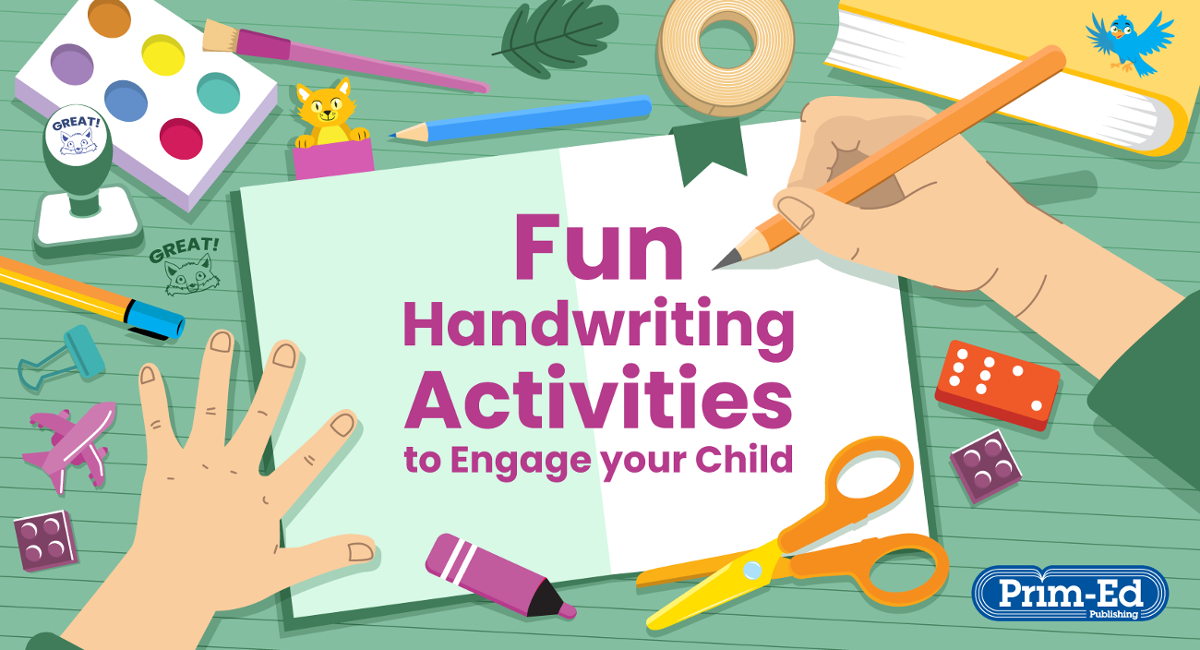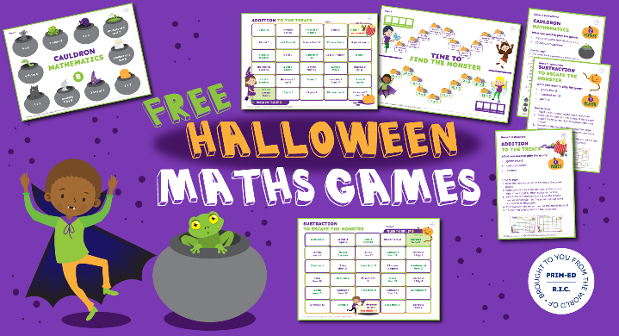- Friday 15 October 2021
Do your children find handwriting a chore? It doesn’t have to be! We’ve got some fun ideas to get them excited about practising their handwriting.
1. Sensory activities
Sensory activities are fun, so can be an effective way to engage children when practising their handwriting skills. To start, encourage your child to write on your back with their finger and guess what they’re writing. The better they get, the easier it will be to understand through touch. Try it with them too and see if they can guess what you’re writing!
Another popular sensory activity is writing in sand. Create a small sandpit or visit your nearest beach and give your child something they can write with; for example, a stick (ensure the sand isn’t too dry). If you’re not within easy reach of a beach, or don’t have a sandpit, salt on a plate works very well too.
2. Create personalised handwriting activities
It can be difficult to find the time to incorporate handwriting activities into your daily schedule and thinking of ideas for new activities can be a task in itself! That’s why we think it’s a good idea to make handwriting cards, with a personalised activity on each card. The cards can then be reused and alternated each day.
Spend a day creating the cards and encourage your child to get involved as much as possible. Let them decide the theme and tailor the cards to suit their interests. This will keep them engaged and interested – even when they’re practising handwriting! Encourage your child to recreate cards for things they enjoy, like collectable sports cards. This will not only keep them engaged, but will also help them to practise their handwriting as they write in the details of their favourite players, etc.
3. Decode a sentence
Write down some words (jumbled up) and ask your child to reassemble the words to construct a sentence. Once they’ve rearranged the words to form a sentence, ask them to rewrite it. This can be fun if you give them various words with different sentence possibilities to see which words they choose.
4. Writing notes
This is a great way of encouraging your child to practise their handwriting on a regular basis. Whenever they say something that they want you to remember, ask them to write it down on a sticky note! Alternatively, they could write a note to a family member or friend. Note writing activities, long or short, are beneficial (and fun) in the development of fluent handwriting skills.
How can we help?
Our Handwriting Today pupil books are perfect to help children develop neat, legible handwriting! The series introduces pupils to the cursive style in a systematic and structured fashion, with numerous practice and review pages to ensure success. The cursive style helps pupils to increase their handwriting speed, fluency and spelling accuracy.


Interested in finding out more?
Check out more information here or download a free sample below!




